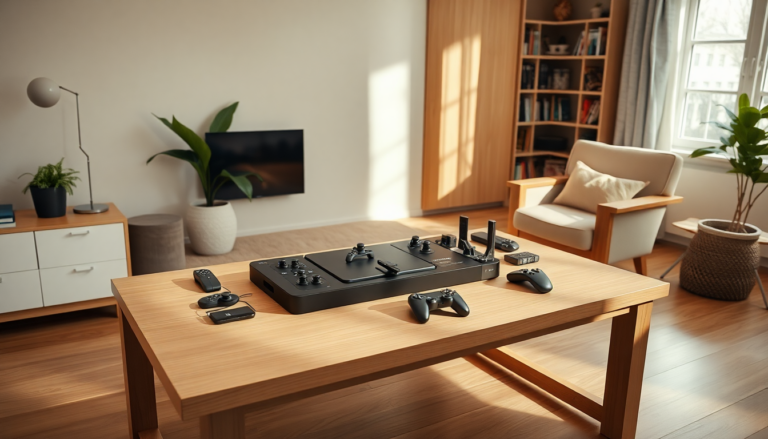Argomenti trattati
As the gaming world evolves at a breakneck speed, enthusiasts often find themselves grappling with a tough decision: should they invest in new hardware now or hold off for something better? Enter the Steam Deck, Valve’s impressive portable gaming device that has certainly made a splash since its launch. But with technology advancing rapidly, many gamers are left wondering if this is the right moment to dive in or if patience might lead to superior options down the line. In this article, we’ll explore the various factors at play, including the current offerings in the market, potential upgrades, and what it might mean to wait it out.
The Current State of the Gaming Handheld Market
Since its debut, the Steam Deck has taken the portable gaming market by storm, redefining what consumers expect from handheld gaming. Thanks to its integration of AMD’s Zen 2-based APU and the efficiency of SteamOS, this device has emerged as a serious contender for on-the-go PC gaming. However, as time goes by, the original model is starting to show its age, especially when faced with the latest gaming titles that demand more power. While the Steam Deck still holds a strong position, a wave of alternatives is hitting the market, offering comparable or even superior performance.
Recent launches, like the Lenovo Legion Go, are challenging the Steam Deck’s reign. These new devices often come equipped with more robust internals, leading to enhanced performance across a variety of gaming experiences. With these fresh contenders entering the scene, one has to wonder: can the Steam Deck maintain its relevance in a market that thrives on innovation?
Moreover, the gaming community’s expectations are shifting. Gamers are now on the lookout for improvements in design, screen size, and battery life. While the Steam Deck is still a top contender, it may not fully meet these rising expectations. Understanding the evolving landscape of handheld gaming is essential for anyone considering a purchase.
Analyzing the Strengths and Weaknesses of the Steam Deck
The Steam Deck remains an appealing choice for many gamers, but like any device, it comes with its own set of strengths and weaknesses. On the plus side, it boasts seamless integration with Steam’s vast library and the flexibility to run a wide range of games with relative ease. However, as newer titles demand more advanced hardware, these advantages don’t overshadow its limitations.
One notable drawback is the Steam Deck’s design. While it serves its purpose, many gamers feel that a larger screen and improved ergonomics could significantly enhance the overall experience. The existing thumbsticks and touchpads, while functional, leave room for improvement in terms of comfort during extended gameplay. Additionally, users are left wondering about the possibility of integrating more powerful components or expanding storage options for long-term usability.
Then there’s the issue of communication from Valve regarding potential upgrades. The uncertainty can be daunting for consumers who are all too aware of how quickly technology evolves. This apprehension can lead to what’s commonly referred to as “purchase paralysis,” where the fear of investing in an outdated model halts the buying decision altogether.
Weighing the Decision: Buy Now or Wait?
When it comes to the decision of whether to snag a Steam Deck now or wait for the next big thing, it’s a real conundrum for any gamer. On one hand, buying now grants immediate access to a versatile gaming device that performs admirably. On the flip side, those who decide to hold out may be rewarded with a more advanced model that addresses the current device’s shortcomings.
Ultimately, the deciding factor boils down to your personal gaming habits and preferences. If you primarily enjoy indie titles or less demanding games, the Steam Deck is still a fantastic option. However, if you’re after cutting-edge graphics and high performance, waiting for a next-generation device that can handle the latest releases without compromise might be the smarter choice.
In the end, this decision is deeply personal and should reflect your gaming style and budget. Staying informed about industry trends and advancements is crucial, as these factors can greatly influence the value of existing models versus upcoming releases. In a technology landscape that’s constantly changing, taking a thoughtful approach can lead to greater long-term satisfaction with your gaming investment.

